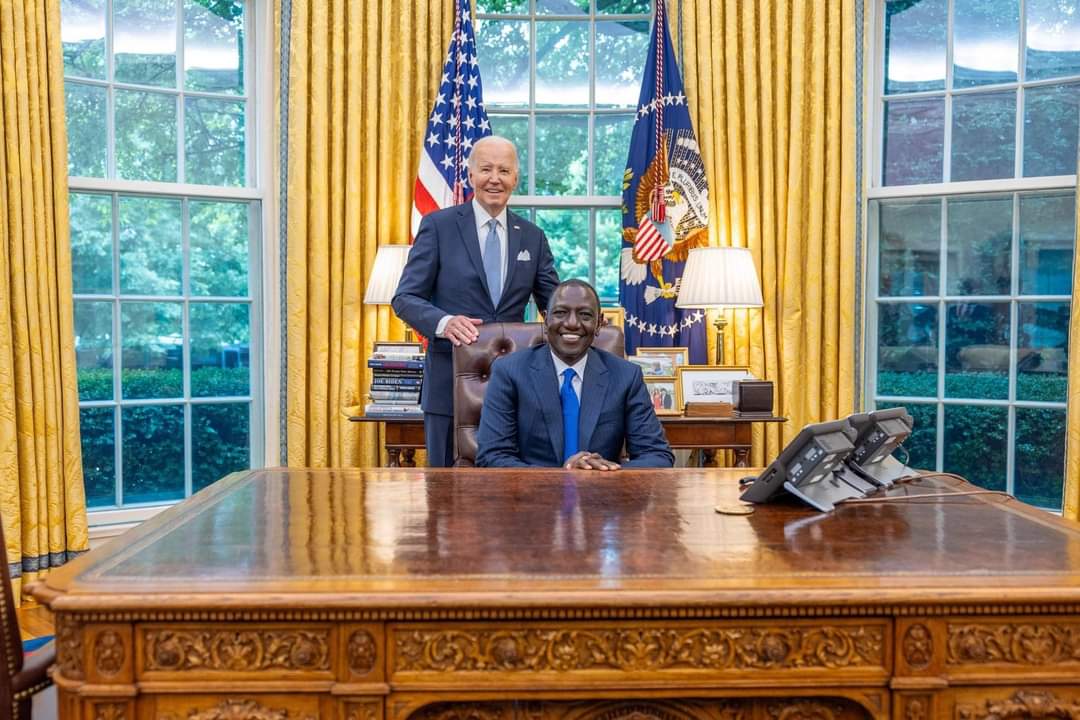

The Oval Office. It conjures images of presidents making momentous decisions, signing historic bills, and strategizing with world leaders. But this seemingly ordinary room holds a rich history, from its architectural transformations to the symbolic furniture that graces its floor.
Originally conceived by President Theodore Roosevelt in 1902, the Oval Office wasn’t always the familiar elliptical space we know today. Roosevelt, seeking a less formal setting than the traditional second-floor workspace, opted for a newly constructed room on the ground floor. However, this initial iteration was rectangular. It wasn’t until 1909, under President William Howard Taft, that the iconic oval shape took form.
Further changes unfolded in 1934 under President Franklin D. Roosevelt. The Oval Office found its permanent home in the southeast corner of the West Wing, where it remains today.
But perhaps the most captivating element of the Oval Office is the Resolute Desk. Crafted from the timbers of a once-lost British Arctic exploration ship, HMS Resolute, this desk is a testament to resilience. After being discovered by an American whaler, the wood was reborn as a symbol of international goodwill when Queen Victoria presented it to President Rutherford B. Hayes in 1880.
The Resolute Desk’s journey to becoming a presidential fixture is fascinating. While it graced the Oval Office for a time, it wasn’t until First Lady Jacqueline Kennedy’s intervention in 1961 that it solidified its place as a permanent feature. Since then, all presidents except Lyndon B. Johnson, Richard Nixon, and Gerald Ford have used this historic desk.
The Resolute Desk is more than just a piece of furniture; it’s a tangible link to the past. The countless decisions, negotiations, and moments of history that have transpired within its presence make it a powerful symbol of American leadership.
So, the next time you see an image of the Oval Office, take a moment to appreciate the history resting beneath the president’s hand. The Resolute Desk, a testament to international friendship and unwavering spirit, serves as a silent witness to the ever-evolving story of the American presidency.








